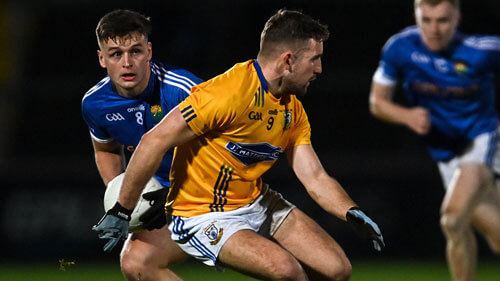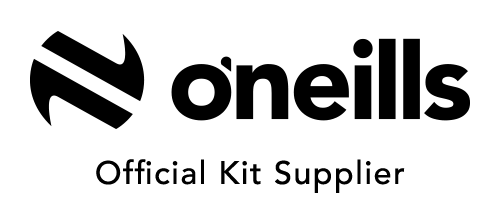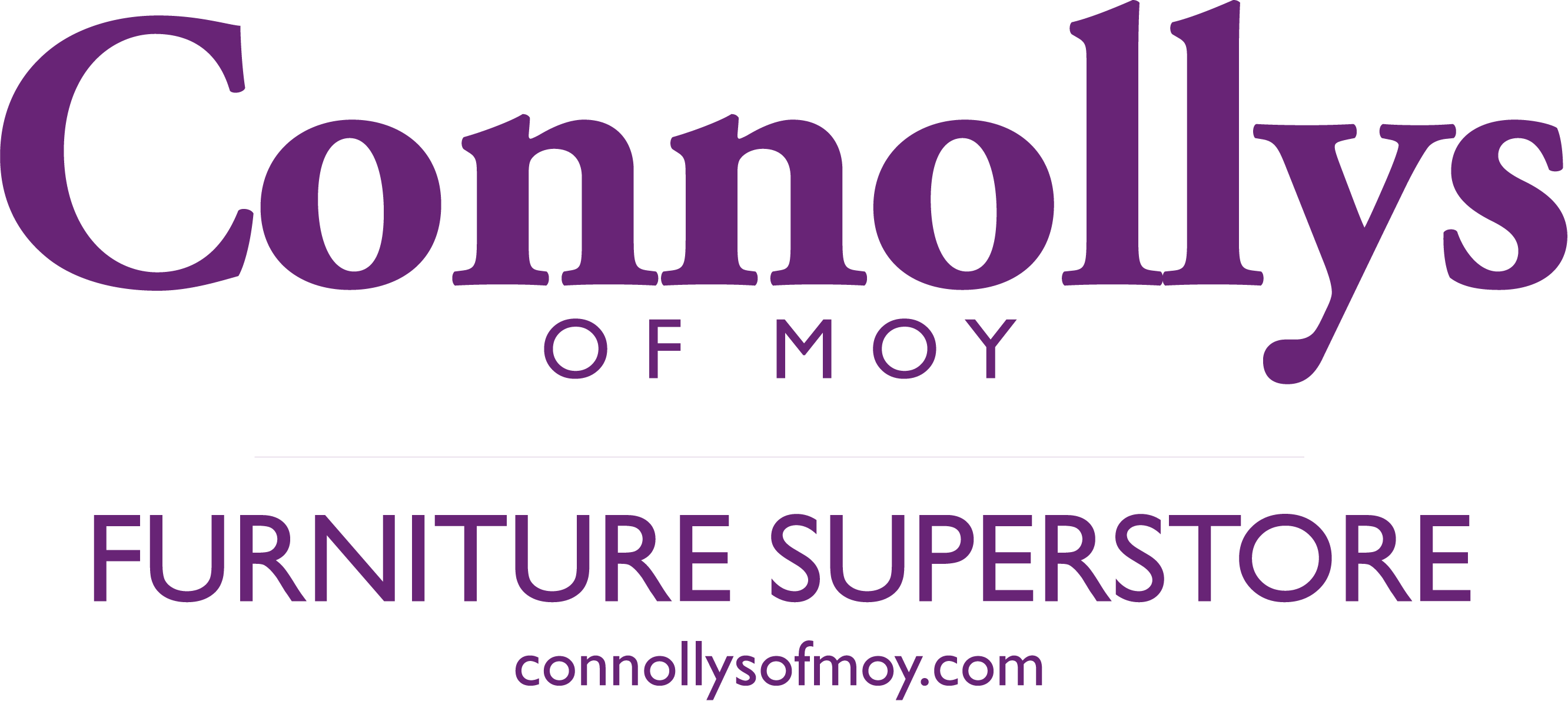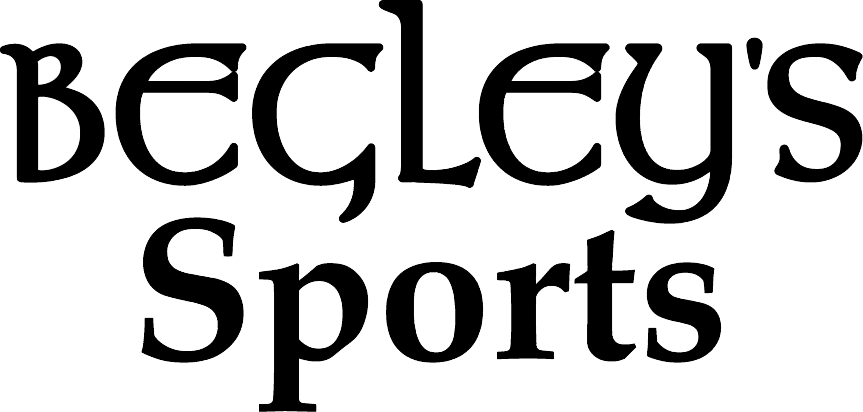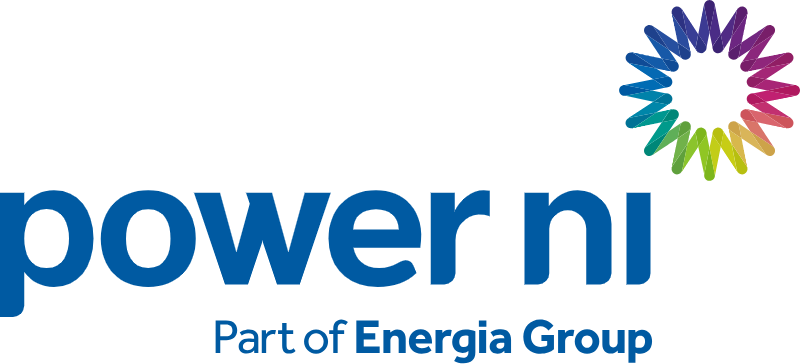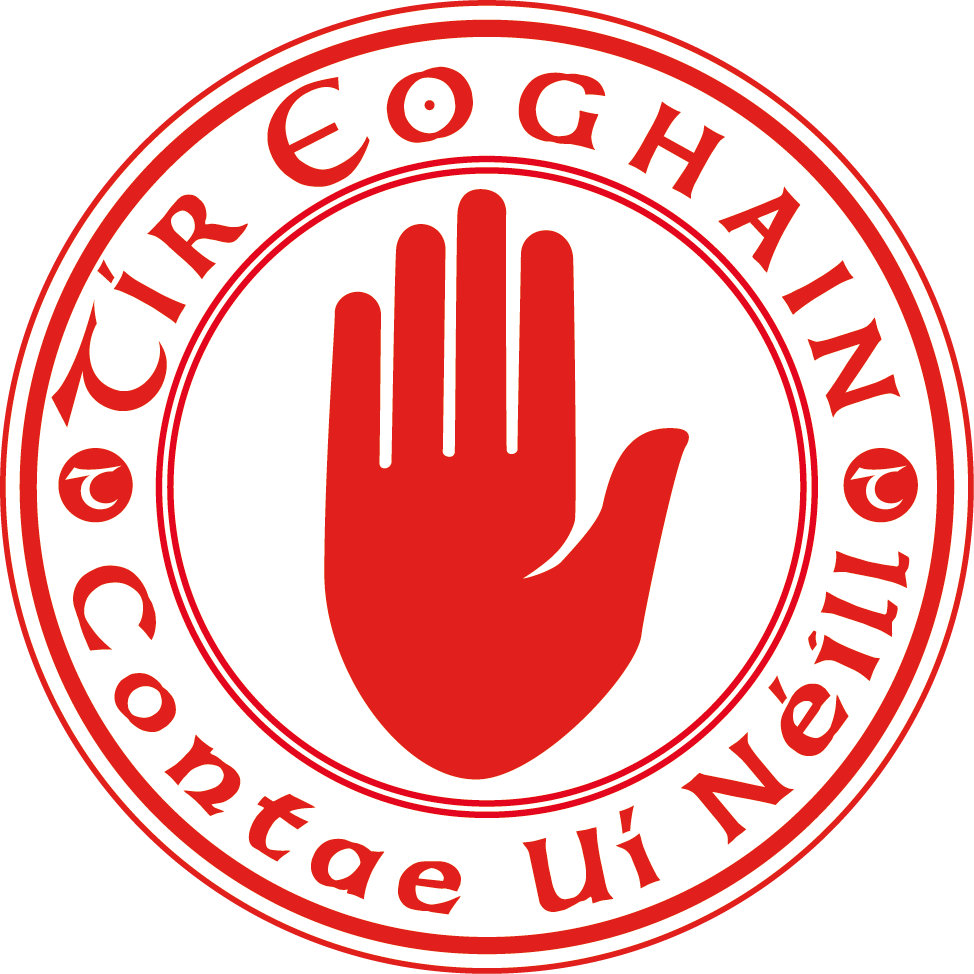One of the main centres of emerging activity in this period was Strabane. Newspaper accounts give details of hurling games played in front of large crowds in 1903 and of a very successful feis held in the town in June of that year. Over the course of 1903 and 1904, there is evidence of the establishment of clubs in Cookstown, Donaghmore, Dungannon, Omagh and the Trillick/Dromore area.
This embryonic development of the GAA in Tyrone was placed on a formal footing by the establishment of the first Tyrone County Board in January 1904 in St. Patrick’s Hall, Dungannon. The county board began to regulate and oversee the playing of matches, the organisation of competitions, the enforcement of rules and the hearing of appeals.
There were two other very significant developments in 1904 which unquestionably mark out that year as the real beginning of the GAA in Tyrone. The first was the participation of Tyrone in inter-county competitive fixtures, with Dungannon Emmets, then the only established football team in the county, representing Tyrone in the first round of the Ulster championship, organised by the recently-formed Ulster Council.
Readers in the early part of the twenty-first century will wryly note that their first opponents were Armagh, and that the contest needed two matches to settle the affair. Armagh emerged triumphant in the second game by a convincing margin, the first game having been abandoned due to poor light with Tyrone narrowly ahead.
The second significant development was the first county football championship. This did not begin until the autumn of 1904 following the establishment of more football clubs, and Coalisland Fianna were victorious, overcoming Strabane Lámh Dhearg in the final.
1905 and 1906 saw the establishment of further clubs, mostly in the west of Tyrone. Resources were of course scarce, and the equipment and facilities available to the players were of the most basic kind. In the 1970s, a veteran of the 1906 county final between Strabane and Donaghmore recalled improvising his own boots, from an old pair of ordinary boots which he reinforced with leather bars. Still, he recalled, these were only of limited use with a large and heavy ball, so that “if there was the least wind, you couldn’t kick it ten yards”. Journeys across the county for even the biggest matches were done by horse-drawn brake, requiring departure times very early in the morning.
Despite these hardships, the appeal of Gaelic football was growing. The “Ulster Herald” of 8 December 1906 noted that “Gaelic football is the topic everywhere you go at the moment”. But this success was to be short-lived. By the end of 1909, the GAA in west Tyrone had almost totally collapsed. The county board itself failed to meet in 1910, and no competitions were played in Tyrone after the end of the 1909-10 season, except in one small corner of the county in 1911.
Given the paucity of surviving evidence, it is impossible to advance explanations for this collapse without the greatest caution. There is some evidence of internal dissension in various clubs, as well as strong competition from soccer. Within Tyrone, two of the significant figures of the early GAA in the county had departed the scene before the end of this decade, taking with them at least part of the drive and skill that had proved so crucial in establishing the Association.
The first of these remarkable men was Michael O’Nolan from Strabane, best remembered as the father of the internationally renowned writer Brian O’Nolan (also known as Flann O’Brien and Myles na gCopaleen). A civil servant and Irish language enthusiast, he was also chairman of the county board from 1904 until 1909 before he was transferred to Glasgow. The other was Cathal O’Toole, who was born in Hong Kong but had moved to Dungannon when his father, who had served on the Hong Kong police, had returned to his native Tyrone. O’Toole took up a range of Irish cultural activities with great enthusiasm and served in various county board positions until 1907, when his career had taken him elsewhere. He enjoyed a European reputation for scholarship in the Irish language, and was successively Gaelic editor of the “Irish Press” and the “Irish Independent” between 1931 and 1944.

